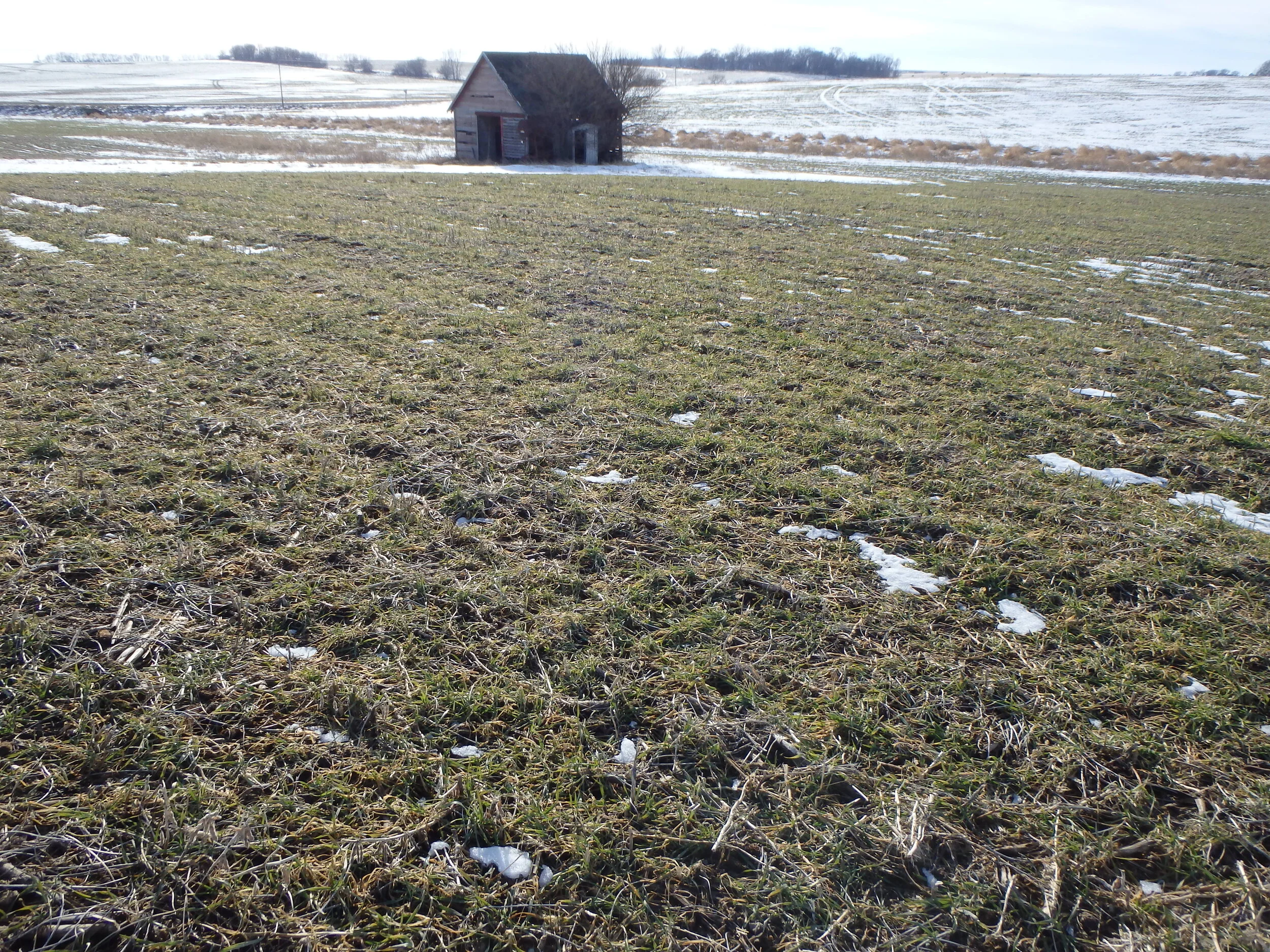Decades of Dedication in Land Stewardship Recognized in Sioux County
Harlan Lammers and his wife, Bertha, have long been caretakers of their farm near Maurice, Iowa in Sioux County. A great deal of thought and care is put into the management of every acre, developing a stewardship model to whom all can aspire. Some of the practices in their operation include CRP waterways, CRP filter strips, N-serve in their anhydrous application, and others we will get into shortly. Harlan’s love of farming began around the age of ten when he was able to drive tractors and help his dad with day to day tasks on the farm.
At that time, back in the ’60s, their operation consisted of 160 acres of a diverse crop rotation along with cattle and hogs. The Lammers grew corn, alfalfa, oats, and soybeans, with a considerable amount of this going to feed the livestock they raised. Plowing was their common method of tillage until one day the farm manager requested they try a new tillage practice called ridge-till. Harlan’s dad was skeptical but decided to purchase a Buffalo cultivator and give it a try in 1964. They witnessed no loss in yield, yet noticed a significant reduction in soil loss as more residue was left to protect the soil. This innovative decision marked the beginning of a never-ending journey in conservation agriculture.
Many new technologies were becoming more common in the ag sector while Harlan was growing up. Commercial fertilizers and chemicals were game changers for farmers, and Harlan had much to learn. He went on to attend Iowa State University and later applied his new knowledge to the family farm. His passion never faded while in school, and on weekends he lived it up in a different way: He went home to farm. Equipped with this new knowledge, Harlan implemented a mulch till system on his farm that consisted of shallow disking and cultivating. This tillage method would last for about thirty years until an unfortunate incident resulted in a remarkable discovery.
The 2000 growing season started like any other year with Harlan prepping one of his fields for planting with his big tillage tractor and cultivator. Before Harlan could finish, his tillage tractor broke down, and the already narrow planting window was closing swiftly. After talking with Bertha and thinking things through, Harlan made a bold decision. He decided to no-till plant the rest of his acres! The following weeks were precarious as conventionally tilled neighboring fields showed emerging crops, and Harlan’s fields had not. He decided to take a walk into the field for a closer look. He didn’t have to walk in far to realize his crop was emerging. It had just taken the beans longer to come up through the protective residue. Shortly thereafter, the rows could easily be seen from the road, and the emergence was on par with tilled fields.
At first, there were some mental hurdles Harlan had to get over. Seeing all that residue in the field was unsightly to him, as he was used to it looking black and uniform. He also had to exercise patience which can be hard to do during planting, as the soil takes an extra day or two to dry from the residue holding more moisture. Lastly, as mentioned earlier, it does take a little more time for the seedlings to emerge past that residue, but Harlan says those plants are far more resilient than we give them credit for. After this early phase of doubt is when Harlan started to see the benefits, and it was worth the wait.
Lammer’s Farm in Sioux County
Harlan and Bertha Lammers were awarded the Outstanding Conservation Farmer from the Sioux County Soil and Water Conservation District


